|
Advertisement
|
Semper Victor

DescriptionThe second game in the series that includes Imperator and Ultimus Romanorum: La Chute de Rome, Semper Victor offers a grand strategic view of the Fourth Century Roman Empire. The full campaign opens with the abdication of Emperor Diocletian (305 A.D.) and continues to the death of Julian the Apostate (in the 360's or 370's - the date is variable). Scenarios cover shorter periods, such as the fateful war between Constantine the Great and Licinius (313-324). The map shows the Roman Empire in 305, divided into zones that, in turn, are grouped into 12 Dioceses, the Imperial administrative districts of that time. Surrounding the Empire are the zones of barbarian peoples and the rival Persian Empire. A turn is one year. Units have Points de Force (Strength Points) representing about 1,000 men each. Roman units come in three types: Ripenses, who cannot leave their home diocese, Pseudo-Comitatenses, whose ability to range far from home is limited, and Comitatenses, who can go anywhere in the Empire and beyond. The opposing sides are unusual and may puzzle players who know little or nothing about this era. One player (dubbed "Primus") represents the senior Emperor ("Primus Augustus") and his allies, who may include another Augustus, one or two Caesars (junior Emperors), other Roman generals, and even non-Roman peoples. The other player ("Secundus", misspelled "Secondus" in the rules) has his own set of Augusti, Caesars, generals and non-Romans. An important limitation is that each Augustus and Caesar must have a capital of his own, and only six capital cites are available at the beginning of the game. A seventh, Constantinople, may be constructed, though its advent is not a certainty. (Rome, by the way, is not one of the capitals; its political importance had long since faded.) In the course of play, Primus and Secundus may swap positions as the result of either a successful usurpation plotted by the Secundus or the death of the Primus Augustus without an Augustus or Caesar to succeed him. In general, it is better to be Primus than Secundus, but it isn't impossible for a perpetual Secundus to win. The Roman leaders are historical figures (38 in all), who enter the game at the same time as in actuality and run an increasing risk of death from natural causes if they aren't killed off sooner. Names are rendered in their French versions, e. g., "Constance Chlore" for Constantius Chlorus. A Leader is rated for "Capacité de Commandement" (number of units he can command), "Capacité Politique" (a variety of functions, such as determination of the initiative each turn), "Valeur Stratégique" (ability to evade combat plus other functions) and "Bonus Tactique" (useful in battles). Many Leaders are also marked as Christian or Pagan, though religion has much less of an impact than it did in real life. Very important to play are "stratagems", which make it possible to embark on a usurpation against the other player, assassinate rival Leaders, spread plagues, trigger barbarian uprisings, pacify barbarians already at war with the Empire, inspire desertions from enemy ranks, and much else. Turns have a variable number of movement/combat phases, determined by adding the valeurs stratégiques of the Primus Augustus and the highest rated Leader in the Secundus camp. The pace of the game thus depends on the quality of the current Leaders. Movement and combat are straightforward. Leaders, accompanied by a number of units up to their capacité de commandement, may move up to four zones, halting and fighting when they encounter enemies. Units without Leaders may move only one zone at a time. Battles are often bloody, but weakened or eliminated units quickly return to full strength. Players tally Victory Points at the end of each Turn. The list of achievements that garner VP's is long: victory in major battles (35 PF's or more engaged), control of Dioceses, defeat of non-Romans, presence of non-Roman troops in the other player's controlled territory, and so on. Players must mount and cut the game's counters themselves, which is a non-trivial task. As a minor annoyance, the counters are a bit too big for the zones on the map. The rules are in French, though English translations are easy to find. Game DiscussionsAdd CommentYou need to be logged in to comment. Insert Bullet List Please enter at least one item. Item: Item: Item: Item: Item: Insert Numeric List Please enter at least one item. Item: Item: Item: Item: Item: Insert Link Please enter the link of the website Optionally you can add display text Insert Email Please enter the email address Optionally add any display text Insert Image Please enter the link of the image Insert YouTube Video Please enter the link of the video MarketplaceNo listings at the moment. Do you own this game? Click here to list it for sale.
Similar Games
|
Best Sellers
Board Games
|
||||||||||||||
Latest Searches: Gotta getta gopher | monopoly Jackson Ca edition | vampire the masquerade | santa maria | hotels+milton+bradley | Party games | Robin hood | ages 13 | black panther monopoly | world+of+warcraft+shadow+of+war | Toronto | broom | turbo aquiles hasbro | guns and cah | field+commander | nerf rival artemis | big mouth | Skokie monopoly | Mohsianniazi | asheville | feed the elephant | U+s+Marine+Corp+monopoly | Star Wars: The Mandalorian Cara Dune The Black Series Action Figure | cranium conga | darkies on the melon patch | Lake Charles Monopoly | Monoply garry potter | dumboard rules | postal delivery | Garden city o poly
All Rights Reserved

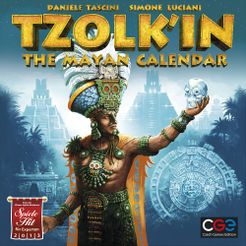



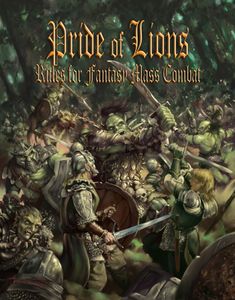


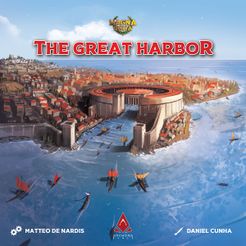
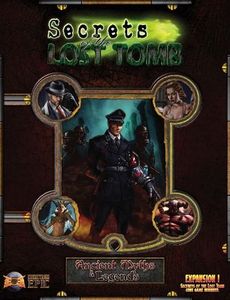
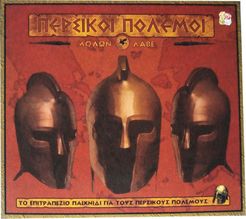
Comments (0)